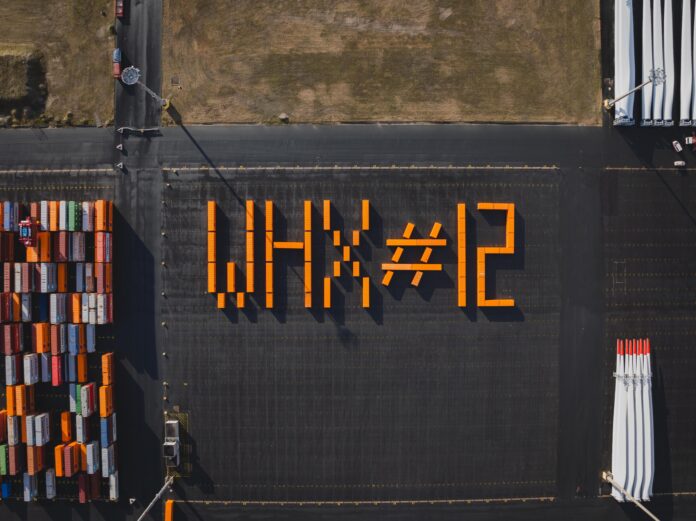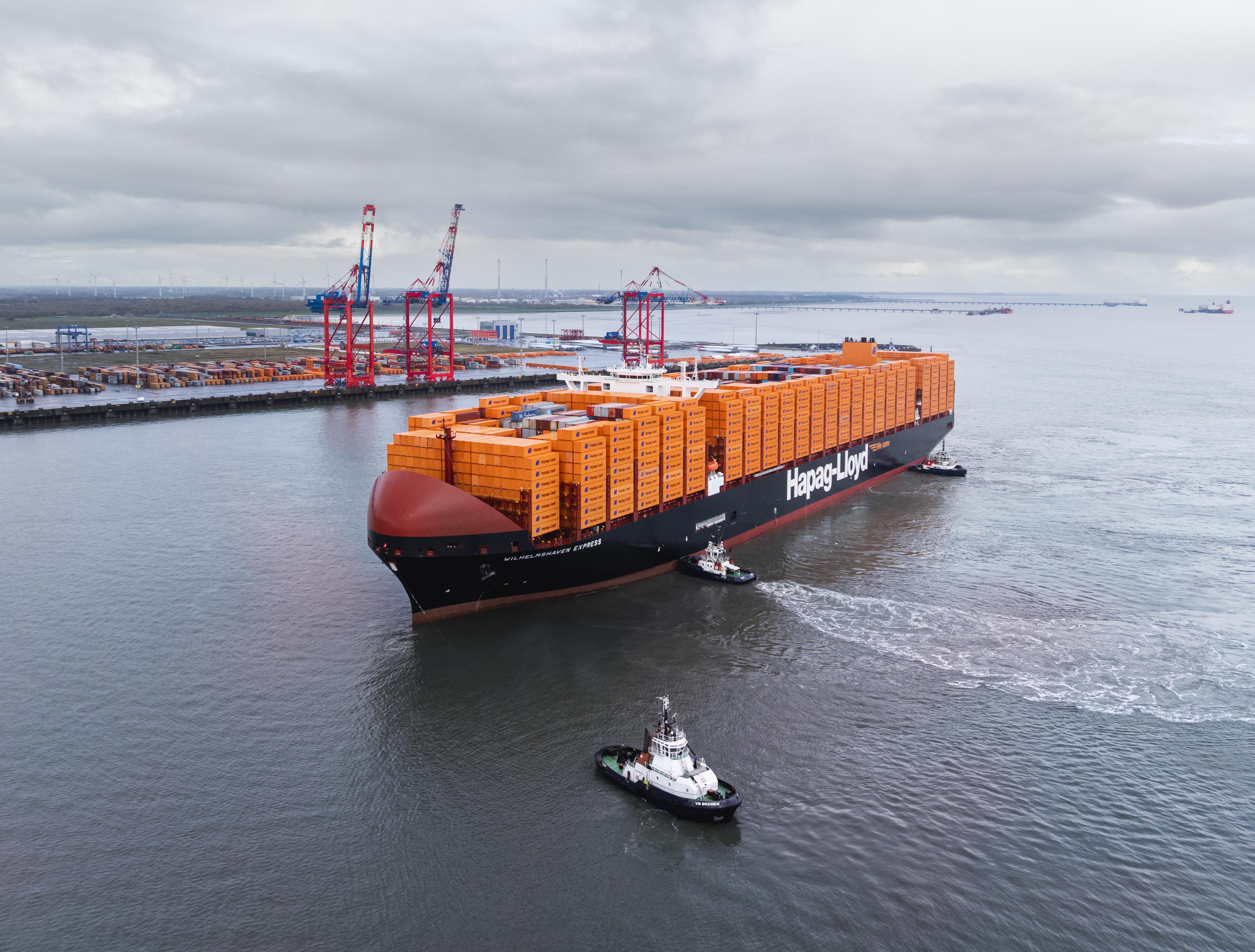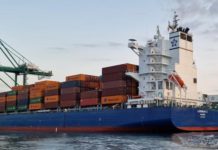
Hapag-Lloyd has officially named the Wilhelmshaven Express at the Jade Weser Port in Wilhelmshaven, celebrating both the christening of its latest ultra-large container vessel and the completion of its extensive 24,000 TEU-class newbuild program.
The Wilhelmshaven Express is the 12th and final vessel in Hapag-Lloyd’s Hamburg Express class, concluding a three-year program that has redefined the company’s fleet in terms of sustainability, capacity, and performance.
Built at the Hanwha Ocean shipyard in South Korea, each of the 12 vessels in the class features dual-fuel propulsion capable of operating on LNG and biomethane, reducing CO₂ emissions by up to 25% compared to traditional designs.

With a capacity of 23,660 TEU, the new vessel is deployed on the Gemini Cooperation’s NE1 service, connecting Asia and Northern Europe through highly efficient, low-emission operations.
“The Wilhelmshaven Express and its sister vessels are not only the largest in our fleet – they symbolize our unwavering commitment to lowering emissions, driving quality leadership, and sustaining long-term growth,” said Rolf Habben Jansen, CEO of Hapag-Lloyd.
Moreover, the Hamburg Express program, with an investment of USD 2 billion, is among the most significant in Hapag-Lloyd’s history. Each ship measures 399 meters in length and represents the company’s commitment to fleet modernization and environmental responsibility.
Looking ahead, Hapag-Lloyd is preparing its next major newbuild program, comprising 24 state-of-the-art vessels—12 ships of 16,800 TEU and 12 ships of 9,200 TEU capacity. All new vessels will feature high-efficiency, low-emission dual-fuel engines capable of running on biomethane, cutting CO₂ emissions by up to 95%. Deliveries are scheduled between 2027 and 2029, continuing Hapag-Lloyd’s path toward a modern, sustainable, and future-ready fleet.





